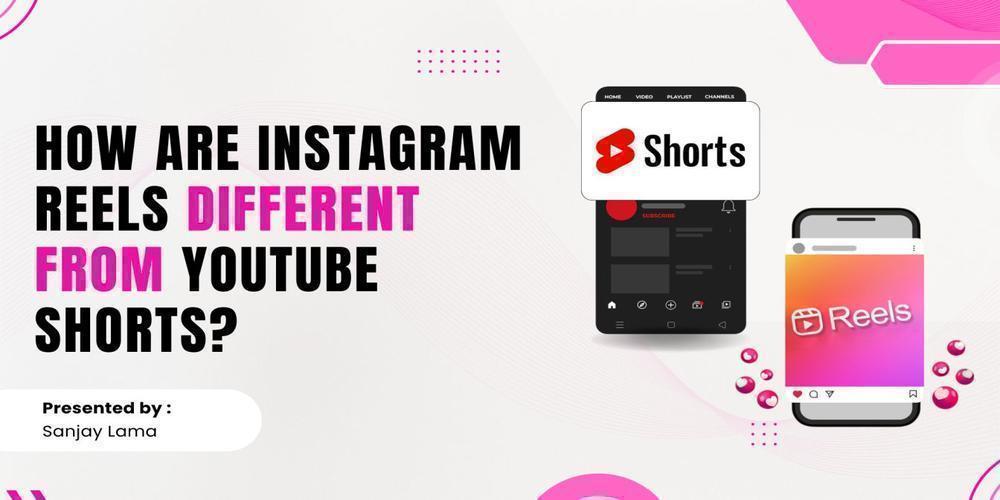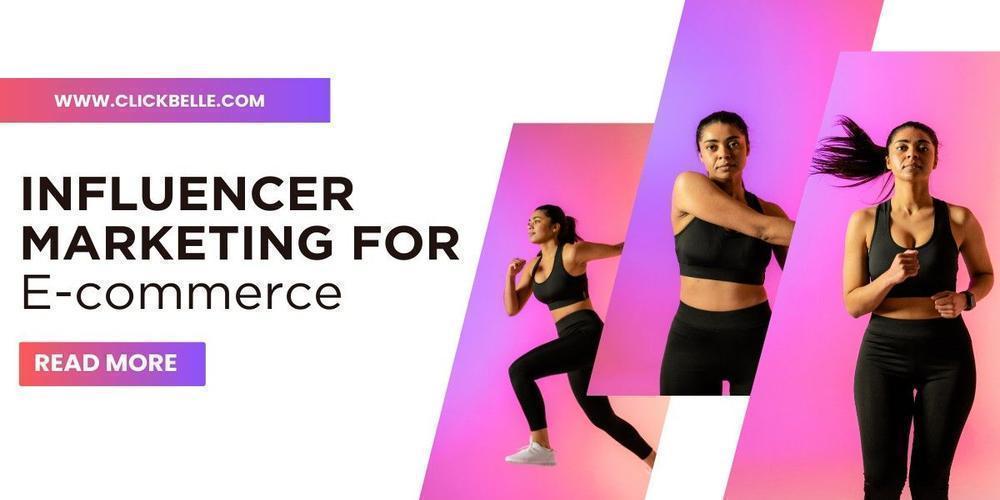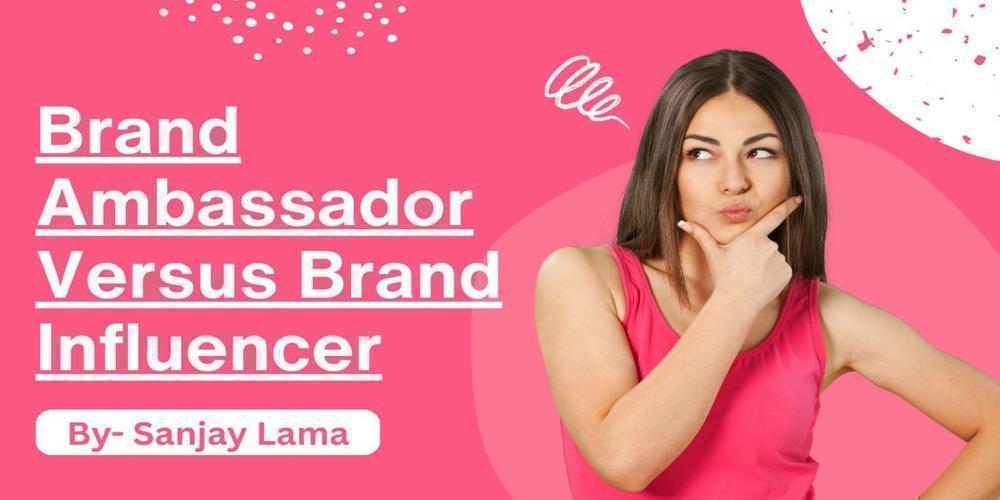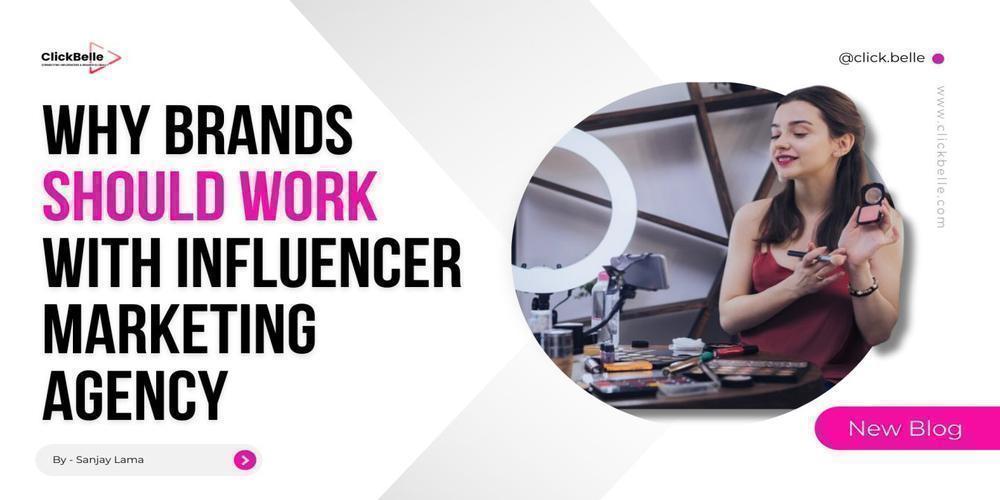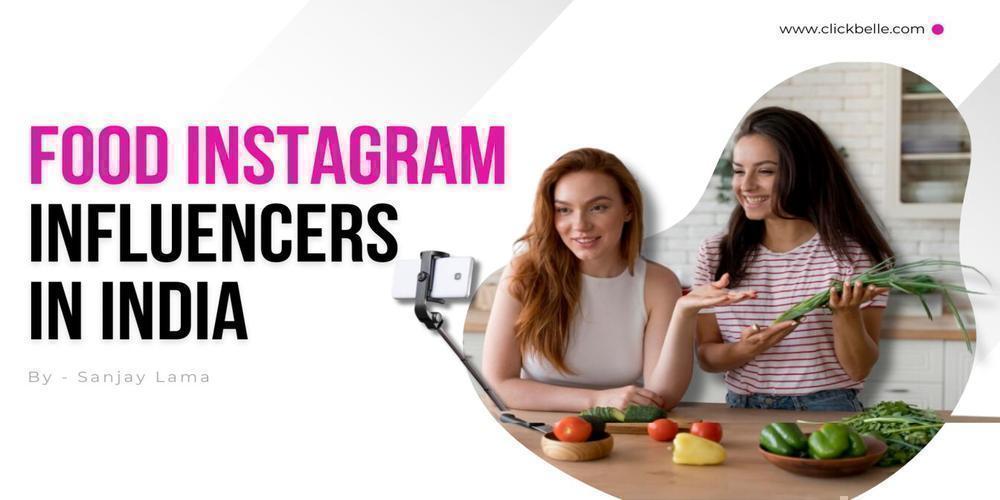Short video content has become a dominant force in the digital media landscape, thanks to the success of platforms such as Instagram Reels and YouTube Shorts. These platforms let users produce and share short, compelling films, but they differ in important ways, such as video length, editing facilities, audience demographics, and monetization options. Understanding these distinctions is critical for content creators and marketers to develop effective strategies and capitalize on each platform's strengths.
Platform Overview
Instagram Reels: Designed to compete with TikTok, Instagram Reels enable users to make and share short videos within the Instagram ecosystem. It has gradually integrated many creative tools and increased the length of its videos to accommodate diverse content.
YouTube Shorts: Launched to capitalize on YouTube's massive user base, Shorts provides a forum for short, compelling videos. It allows creators to attract people to their longer material on YouTube.
Major Differences
Video Length and Creation Tools
Instagram Reels: In January 2025, Instagram increased the maximum duration of Reels to 3 minutes in response to creators' requests for greater flexibility. The platform provides various filters, effects, and editing tools, allowing for highly creative and visually appealing footage.
YouTube Shorts: Maintains a 60-second limit for videos. YouTube added new editing options in the spring of 2025, such as a timeline-based interface, automated music synchronization, and AI-generated image stickers, to streamline the content creation process.
Algorithms for Audience Engagement
Instagram Reels: Takes advantage of Instagram's highly interactive environment, with content prominently displayed on the Explore page, allowing for rapid interaction and virality. The system selects material based on user interactions, with a preference for visually appealing and trending videos.
YouTube Shorts: Makes use of YouTube's robust recommendation system, extending the shelf life of the shorts. Content can continue to earn views over time as the algorithm displays movies based on user behavior and search patterns.
Monetization Options
Instagram Reels: Initially provided the Reels Bonus Program, which was later terminated. Creators now largely profit from brand collaborations and sponsored content.
YouTube Shorts: Offers monetization via the YouTube Partner Program, allowing producers to earn money via commercials. Creators should expect a more predictable income stream with this structured monetization model.
Content exploration and Longevity
Instagram Reels: Content often has a shorter lifespan, with peak engagement occurring soon after uploading. The portal focuses on current trends and timely content.
YouTube Shorts: Thanks to YouTube's search capabilities and content suggestions, videos have long-term discoverability and the potential to garner views long after publication.
New Features & Innovations
Instagram Reels: In early 2025, Instagram tested a new feature allowing users to pause videos by tapping on them, enhancing user control and experience. In addition, Instagram launched Edits, a video-editing software that includes tools such as AI animation, filters, and generative captions to attract users from other platforms.
YouTube Shorts: Added new creation tools such as a timeline-based video editor, automated music synchronization, and AI-generated picture stickers to simplify content creation and expand creative possibilities.
Conclusion
As of 2025, Instagram Reels and YouTube Shorts each offer unique advantages for content creators. Reels excels at creative tools and instant involvement within a vibrant community, making it excellent for trend-driven content. YouTube Shorts, on the other hand, takes advantage of YouTube's large user base and sophisticated revenue opportunities to provide a platform for long-term impact material. Creators must understand these characteristics to effectively match their content strategies with their aims and target consumers.

